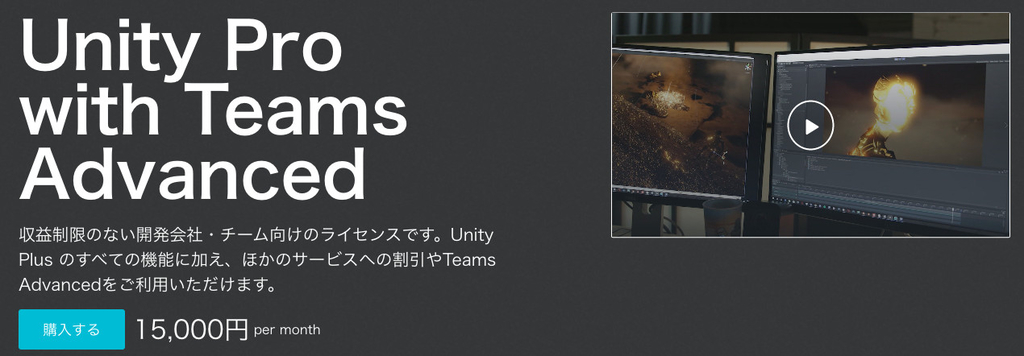
Easily create database for ScriptableObjects in only a few seconds. Organize your ScriptableObject data into database files for convenience. No coding required just use the Database Type Creator to quickly and easily set up a database for any ScriptableObject type. Use custom inspectors and property drawers? No problem, the Data displayed uses Unitys built in inspector and automatically uses any custom Inspectors and drawers you have set up for the data.
Object Database Editor Window Features
-Switch between different Database Types
-Enable/Disable different Types when many different Database Types clutter your view.
-Select, Create, and Delete Databases and ScriptableObjects
-Create any Sub classes of a ScriptableObjects Type with 2 button clicks.
-Rearrange the order of assets in the list.
-View and modify any Serializable data the ScriptableObjects contain right in the editor window.
-Support for all custom inspectors and property drawers by default
-Drag and drop compatible Objects into the asset list for quickly adding an existing Object
-Import external objects into the database as a Copy, or keep the data external and store a reference
-Duplicate Objects and add them to the database
Database Type Creator Features
-Select where in the dependency chain to create a Database. The database will then be able to hold, and create all Types that inherit from that base type, ignoring abstract types.
-Name the database type for use in file and class naming. e.g. 'ItemAssetDatabase'
-Select locations for your Runtime, and Editor scripts that are created
-Once new Database Type is created, the Asset Database Editor Window will pick it up immediately
ScriptableObject Asset Database was created to fill a need I have for organization, and efficient workflows. I wanted to be able to create simple databases that could store any type of Unity Object I could create, and be able to create them in less than 30 seconds, including recompile time. It was to be minimalist, with the least amount of clutter that could effectively accomplish those 2 goals.
With that in mind I use no custom icon or texture data. The Code is compiled into 2 DLLs, one for Runtime, and one for the Editor. It also includes 2 EditorDefaultResource files that are used as templates for the runtime, and editor classes. The resulting classes and files created from these templates use 44 lines of code for any database you wish to create.
The base database classes are not just for ScriptableObjects, Easily override a few methods in the Databases generic class to allow a Prefab Database, or a custom database. If you know how to code, creating databases for any type of project data you can imagine should be trivial when extending the base Database classes.
Planned Features
-Move an existing ScriptableObject into the database, and update all references in the project
-Use Embedded Resources to store the template files inside dlls with
Visit Support Forum
Or @ icepickgma@gmail.com







